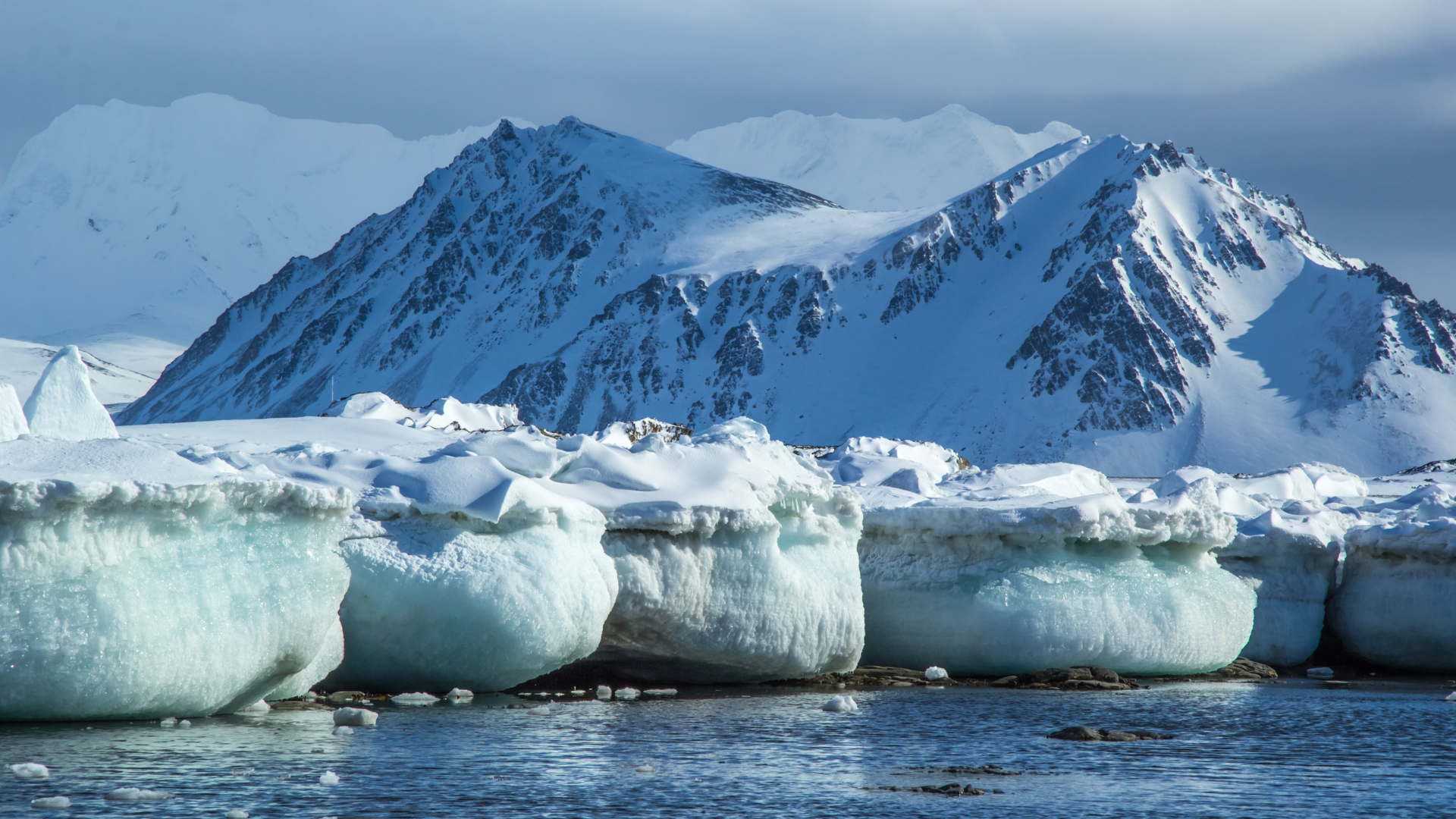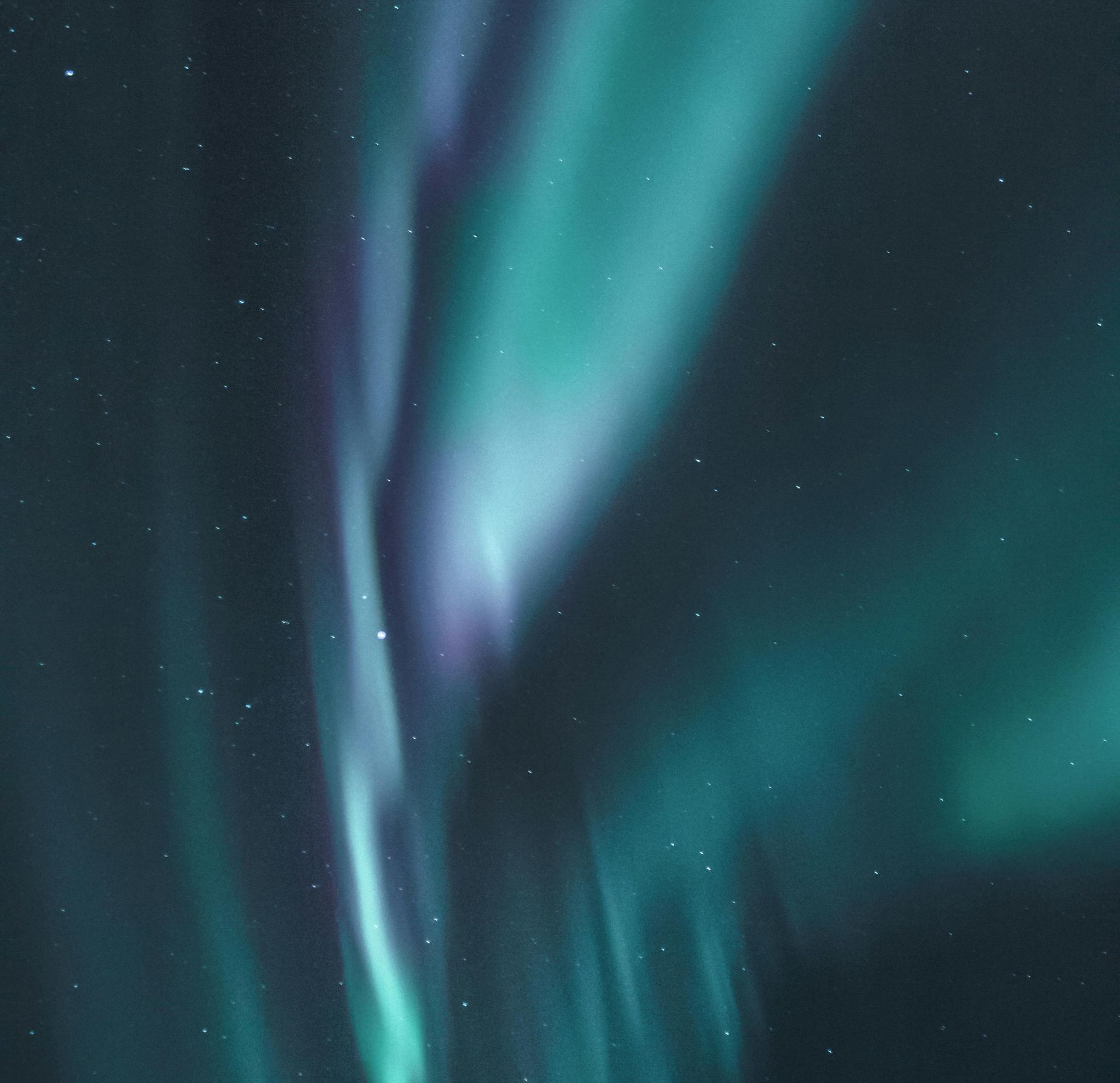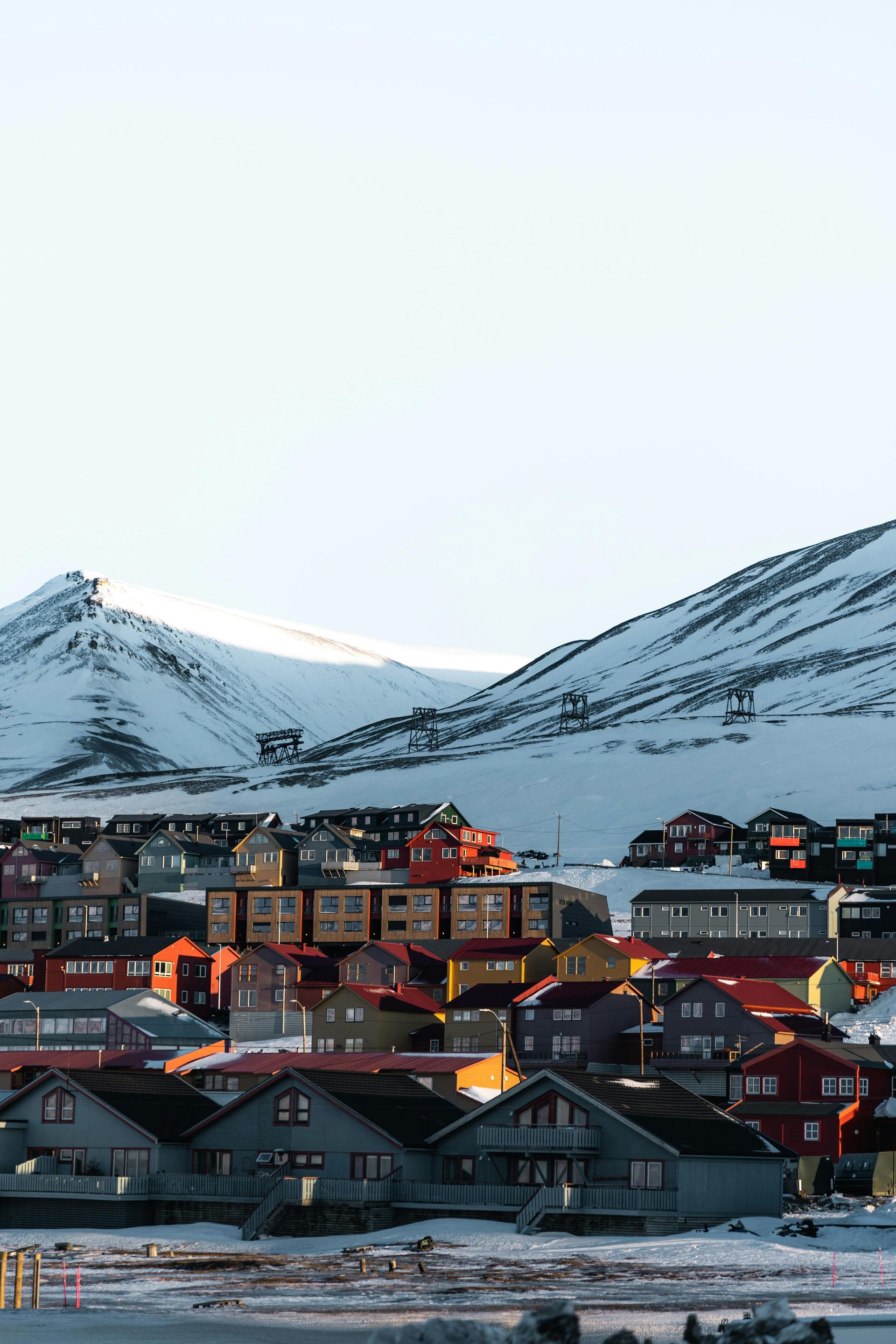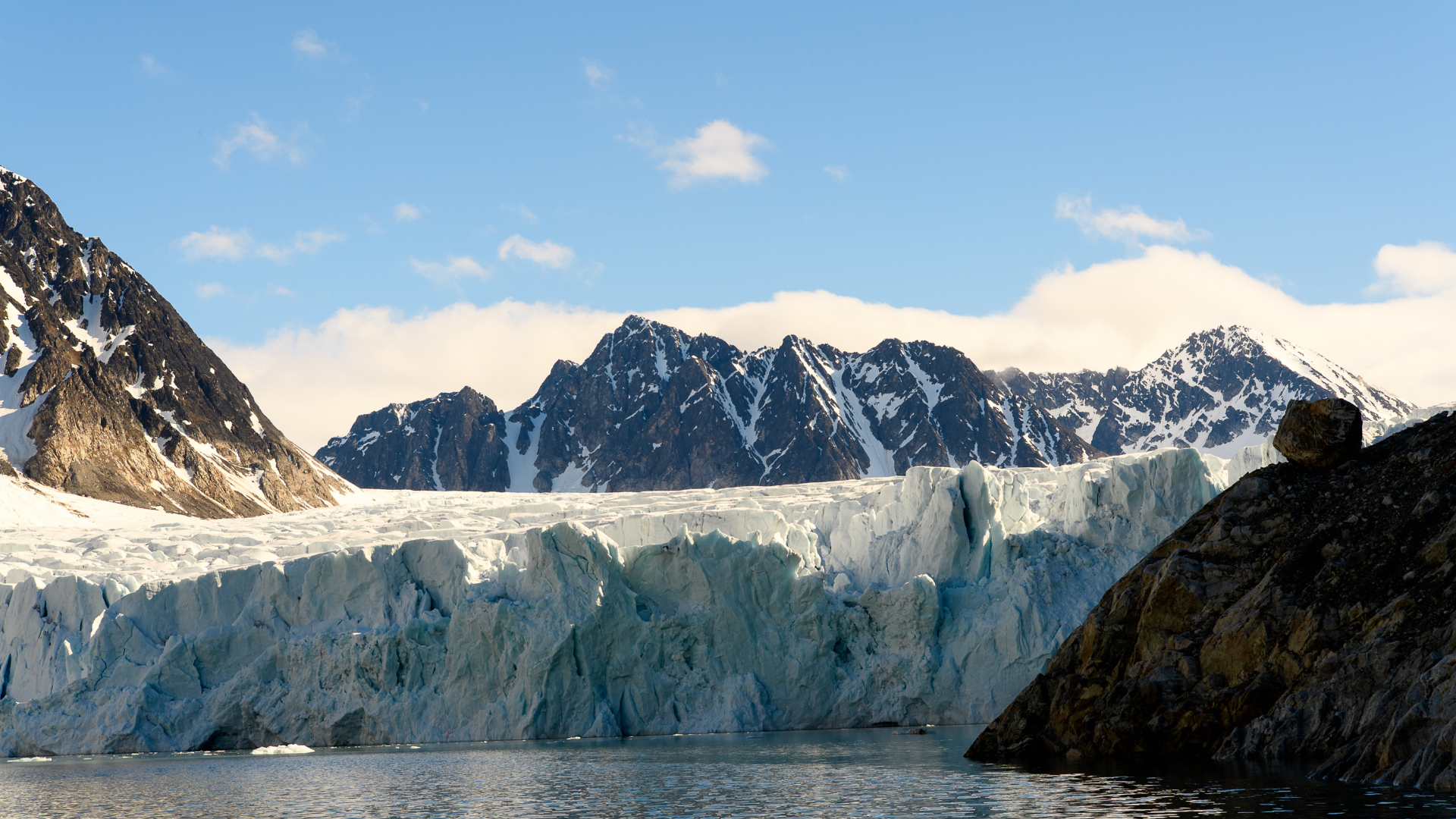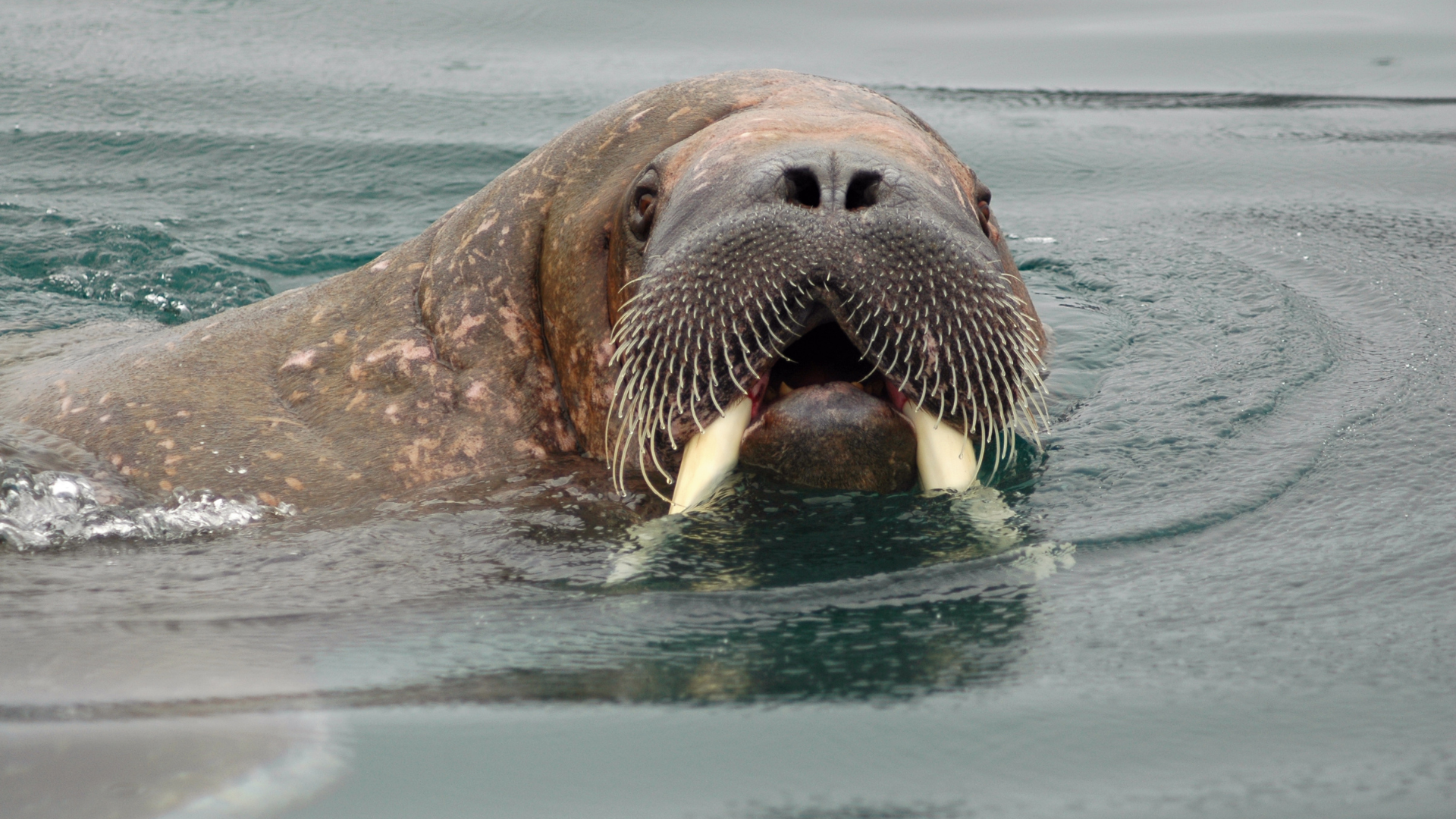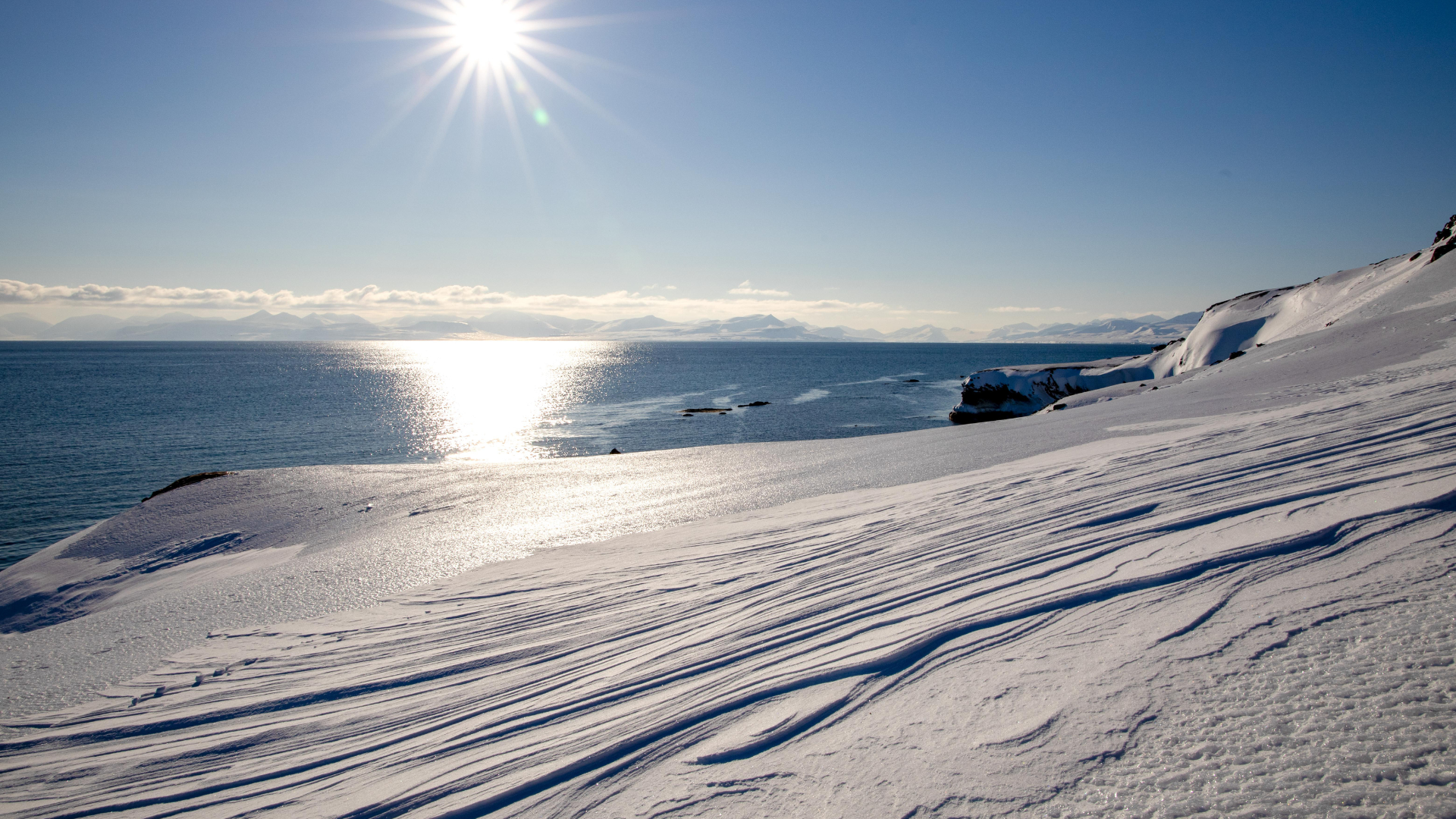Spitsbergen Best Trips for Wildlife in January
Spitsbergen Best Trips for Wildlife in January
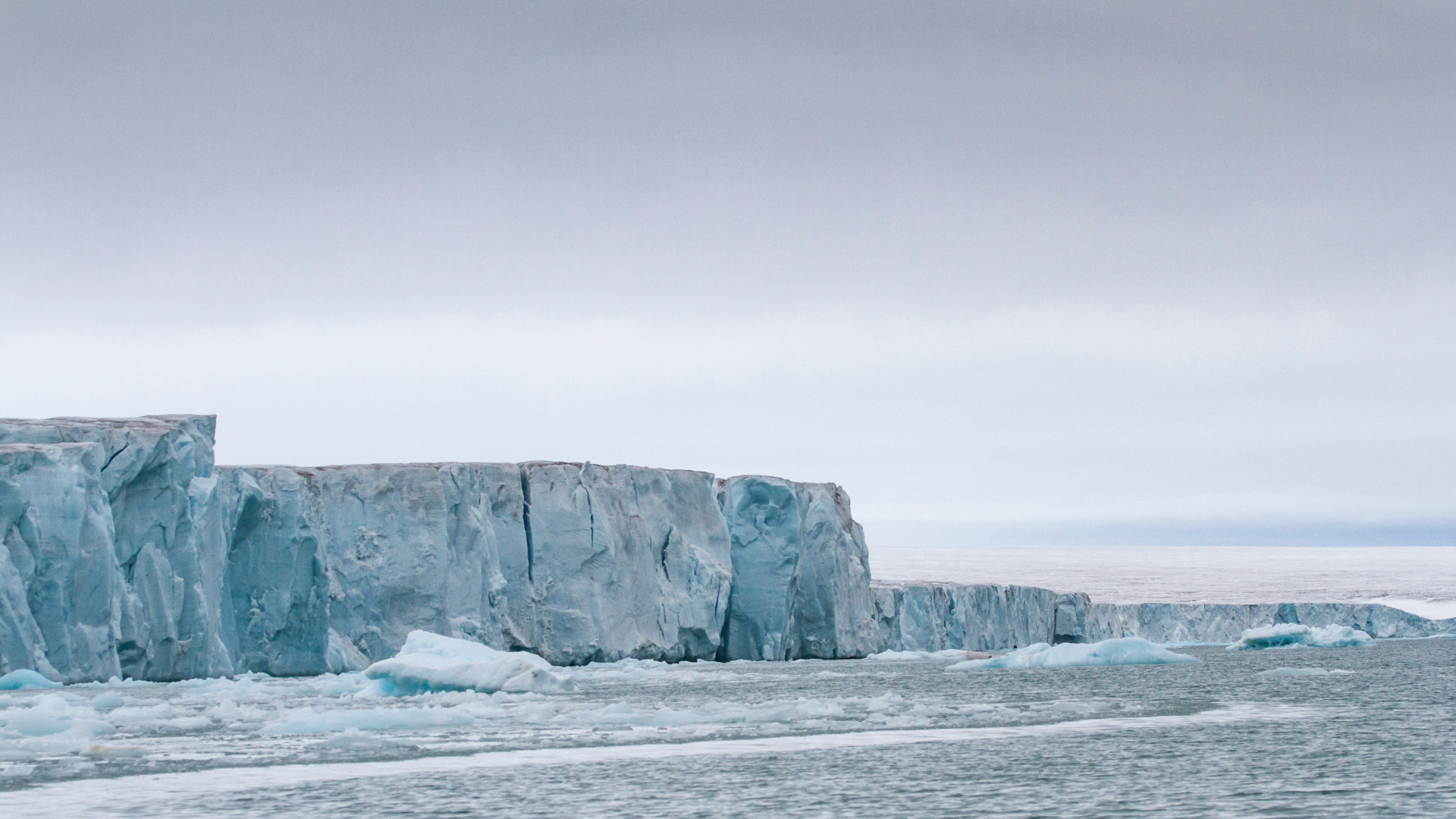
January in Spitsbergen is a time of deep Arctic winter, with long nights and the region blanketed in ice and snow. Despite the harsh conditions, it offers a remarkable opportunity for those seeking wildlife experiences. While the cold and darkness may deter some, those who brave the elements are rewarded with a chance to witness the resilience of Arctic animals in their natural habitat. January is a time when fewer tourists visit, creating a quieter, more intimate environment for wildlife exploration.
One of the key species that attract visitors to Spitsbergen during this time is the polar bear. While January offers fewer opportunities for sightings than the summer months, polar bears are active year-round. They are often found along the ice edges, hunting seals, their primary food source. Joining a snowmobile or dog sledding expedition can increase your chances of spotting these majestic predators from a safe distance. Local guides, who are experienced in tracking and respecting the bears’ habitat, provide essential knowledge about where to find them.
Reindeer are another species that thrive in Spitsbergen’s harsh winter conditions. These hardy creatures have adapted to the extreme cold, grazing on whatever vegetation they can find beneath the snow. Though they are less active during the colder months, sightings are still possible near Longyearbyen and other inhabited areas. Reindeer are more approachable than polar bears, and it’s common to see them grazing in valleys or on snow-covered tundra during a day’s excursion. Their presence is a reminder of the adaptability of life in the Arctic.
The Svalbard rock ptarmigan, a bird uniquely suited to Arctic conditions, is one of the few year-round residents in Spitsbergen. In winter, these birds are almost entirely white, blending in seamlessly with their surroundings. Avid birdwatchers may enjoy trips focused on spotting ptarmigans, which are often seen foraging in small flocks. These trips usually involve short hikes or snowshoeing excursions, as the birds stay relatively close to the ground. Spotting them in their winter plumage is a rewarding challenge, particularly for those with an interest in Arctic birdlife.
Seals can also be spotted in the waters surrounding Spitsbergen during January. Both ringed and bearded seals are common in the region, often found resting on ice floes or popping up through breathing holes in the sea ice. They are a crucial part of the Arctic food chain, and their presence is a sign of a healthy ecosystem. Seal watching can be combined with other wildlife excursions, especially those that venture out onto the ice-covered fjords. For those with patience, these marine mammals offer fascinating insights into life beneath the ice.
For a truly unique wildlife experience, consider joining an overnight camping expedition on the ice. These trips offer not only a deeper immersion into the Arctic environment but also a greater chance of encountering wildlife in their natural settings. Spending the night in the polar wilderness, surrounded by snow and ice, brings travelers closer to the region's raw beauty. Guides on these trips are trained in safety, ensuring participants are protected from the elements and any wildlife encounters.
The Arctic fox is another winter resident to keep an eye out for in January. With its thick, white winter coat, the Arctic fox is well-camouflaged in the snow, making it a challenge to spot. These small but hardy predators are often seen scavenging near settlements or tracking polar bears in hopes of feeding on leftovers from a bear’s kill. They are curious animals, and on rare occasions, they may even approach human campsites in search of food. Fox-tracking excursions are a great way to observe these clever creatures in their natural habitat.
Marine wildlife excursions in January are often limited by the extensive ice coverage, but some boat tours still operate, offering views of the frozen seascape. While whale sightings are less common in winter, orcas and humpback whales occasionally venture into the fjords in search of food. These tours are an excellent opportunity to experience the Arctic’s stark beauty from a different perspective, with the added excitement of possible marine life sightings. It’s a chilly, thrilling adventure that appeals to those looking for something off the beaten path.
Winter in Spitsbergen offers a unique perspective on Arctic wildlife. January’s dark and cold may seem daunting, but with the right preparation and guided tours, it opens up a world of incredible wildlife experiences. From polar bears and reindeer to ptarmigans and seals, the animals that call this icy wilderness home are a testament to the resilience of life in the harshest conditions on Earth. For wildlife enthusiasts willing to brave the elements, Spitsbergen in January is an unforgettable adventure.
